I have been looking over various data sheets for hours and still am not sure how to select an apporiate device. I am looking to send 5V 10mA pulses at 100-300kHz (to be determined) to a motor driver from my beaglebone 3.3V outputs. My plan is to use an N-channel MOSFET in this configuration:
 Where Vcc will be connected to the 5V line from Beaglebone and the gates connected to the GPIOs with internal pull-downs enabled.
Where Vcc will be connected to the 5V line from Beaglebone and the gates connected to the GPIOs with internal pull-downs enabled.
I have this particular MOSFETs in mind but am not sure if it will work. http://www.diodes.com/datasheets/ZVN3320F.pdf
I am still not sure what parameters I have to be looking for in these data-sheets.
Should I be looking for minimum Vgs, and what effect does this even have on the circuit?
